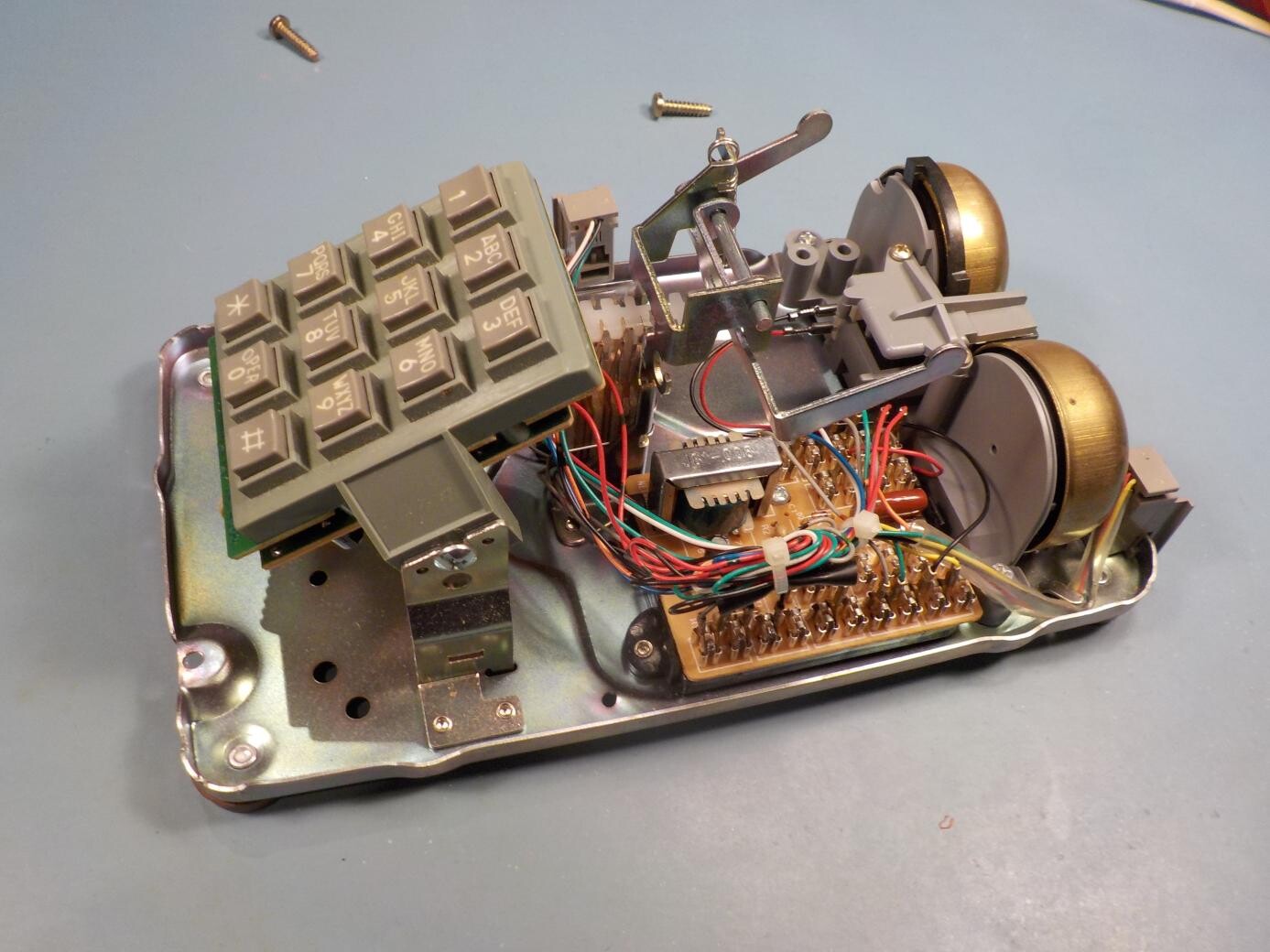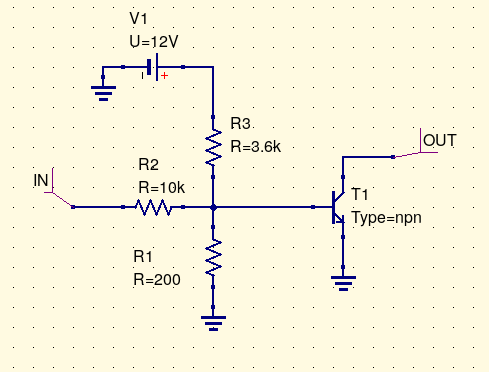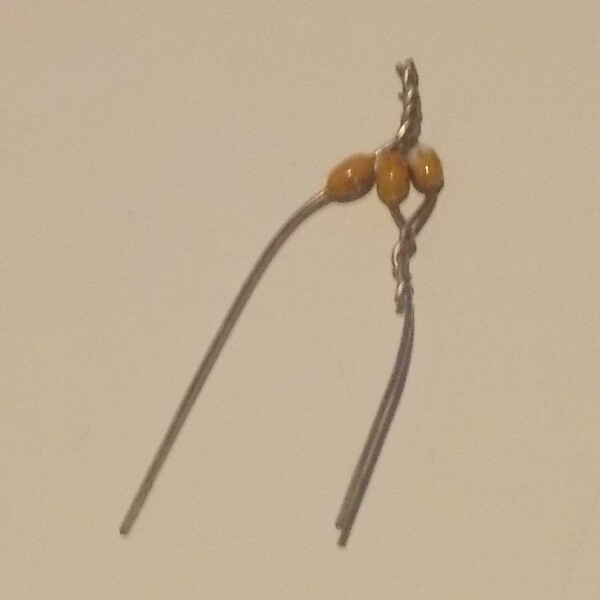tag "electronics"
Building a telephone ring booster
I recently switched to a new cable Internet modem, because the cable company (which provides my home Internet service) assured me that the package that came with the new modem would be cheaper for the same service compared to what I'd been paying with my old modem. And that was true, for Internet service. Except for a minor issue of needing to switch my laptop's wireless connection to use dhclient instead of dhcpcd, the Internet connection worked fine. But I quickly discovered a problem. READ MORE
Green modular, part 1: Energy, carbon, and power supply regulators
I'm sometimes asked about the environmental consequences of modular synthesizers. It's an interesting question with a lot of ramifications, and there's a lot of misinformation circulated. That may be inevitable given the nature of this business: synthesizers combine engineering, where hard facts rule, with music, where subjective aesthetics are the order of the day, and it's very easy for someone to start from one bad guess or wrong idea and then follow it into constructing an entire unfounded theory. There's also an unfortunate overlap between the synthesizer hobby and the whole morass of audiophile woo. READ MORE
Exponential converters and how they work
Exponential converters are basic building blocks used in many synth circuits, but for many of us, they are incomprehensible black boxes. The basic concept of how an exponential converter works is very simple; but the simplest possible circuit for the purpose has many serious limitations, so it's usual to add several layers of additional circuitry to compensate for different effects and make the overall behaviour more predictable. As a result, the exponential circuits we actually see in common use may look dauntingly complicated to beginning designers, and it may not always be easy to recognize the simple underlying principle. In this article I'm going to build up to a real-life level of complexity starting from the simplest possible exponential converter circuit. READ MORE
Level up on circuit simplification
In my last entry I talked about the rules for simplifying series and parallel circuits. Two resistors in series can be replaced by one with a value equivalent to the pair of them; two in parallel can similarly be replaced; there are other rules in the same general form for capacitors and inductors (assuming theoretically perfect components); and by applying these rules repeatedly you can simplify complicated circuits down to much simpler equivalents. I also set up an interactive reverse calculator for finding combinations of standard-value components to make up a desired, maybe non-standard, value. READ MORE
Combining components for new values
When I started breadboarding the Coiler VCF (see my new videos about it...), I ran into a problem: the design called for a couple of 6800pF (also known as 6.8nF) capacitors, and I didn't have any of those on hand. I didn't want to rush out and buy some, both because of the time and effort involved and because it was quite possible that design changes would mean I might not end up using that value in the finished product anyway. I could either end up paying a high price for a small quantity, or buying in bulk to get a lower per-unit price and having the extras go to waste. As I've written before, it's not a bargain if you end up paying for components you don't use. READ MORE
Common parts to keep in stock
One of the most common beginner SDIY questions is which parts are frequently used and worth buying in large quantities to use on multiple projects. The people who ask this question think they're going to save serious amounts of money by buying common parts in bulk, and although I have serious misgivings about the money-saving aspect, the question isn't going to stop being asked, and there are in fact other reasons why keeping a stock of parts may be a good idea. Here are some thoughts on that. READ MORE
The vanity of "Having A Lot Of Parts"
It is often said that the secret of Taco Bell's success is that they only use six ingredients: refried beans, seasoned ground beef mixture, cheddar cheese, sour cream, lettuce, and corn tortillas. Everything on their menu is just some combination of these six ingredients, and the ingredients are all cheap to begin with and more so when bought in huge bulk quantities, so Taco Bell's cost is very low and their profit margins incredibly high. READ MORE
Transistors for the Perplexed
Most transistor circuits are quite straightforward. If you look at the schematic of something like the North Coast Transistor Mixer, you can easily recognize common patterns - an emitter follower here, a common-emitter amplifier there - which are in every textbook and really are just transistorized versions of vacuum-tube circuits going back generations. The new Transistor ADSR gets a little more complicated, largely because of its use of two-transistor circuit blocks such as multivibrators, but there's still nothing really weird in it. But every now and again you'll see something in a schematic diagram that isn't in the textbook, seems like it makes no sense... and yet, it works. This article covers a couple of those non-traditional ways to use transistors - as well as some simple, obvious questions that smart beginners are likely to wonder about but which aren't usually answered in introductory presentations. READ MORE
Modular synthesis intro, part 11: Digital oscillators
This is Part 11 of a series that started with Part 1. READ MORE
Modular synthesis intro, part 9: Other filter designs
This is Part 9 of a series that started with Part 1. READ MORE
One minute op amp analysis
You can understand most op amp circuits with just three simple rules. READ MORE
Modular synthesis intro, part 8: State-variable filters
This is Part 8 in a series that started with Part 1. READ MORE
Voltage control modifications
There's a recurring thread that comes up again and again in SDIY fora, where someone asks how to "mod" an existing device that is not voltage-controlled to give it a CV input. Sometimes this question is asked in relation to a specific product, in which case there's some possibility of having an intelligent discussion; but quite often it's framed more generally, with the poster hoping that there will be just one single, simple procedure applicable to all (or at least many) non-voltage-controlled modules to make them voltage controlled. In this article I'll talk about some of the issues underlying that kind of request, and how CV "mods" can and can't be done on different kinds of circuits. READ MORE
Modular synthesis intro, part 7: the Moog ladder filter
This is Part 7 in a series that started with Part 1. READ MORE














